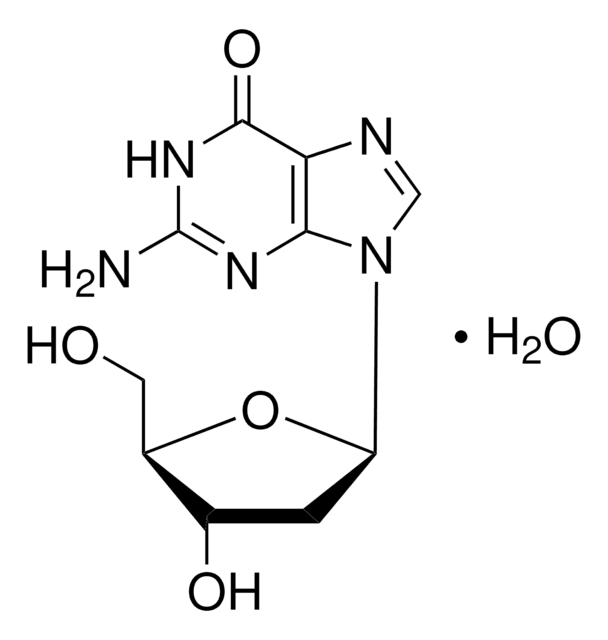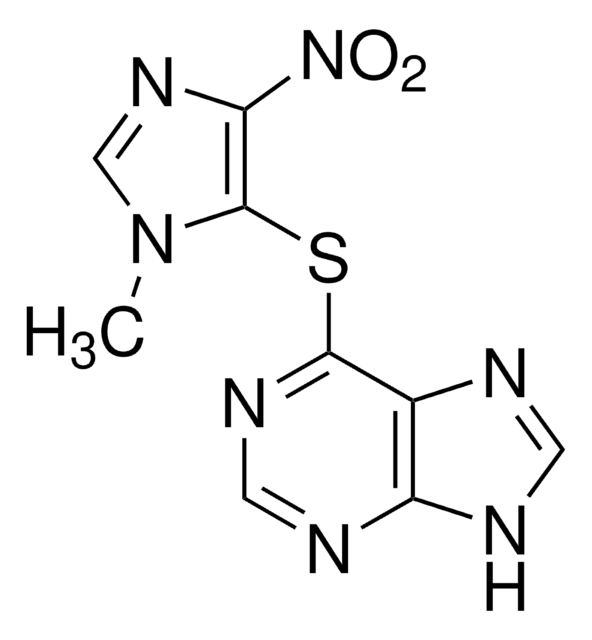Key Documents
SML1761
AA-CW236
≥98% (HPLC)
Synonim(y):
4-(2-(5-(Chloromethyl)-4-(4-(trifluoromethoxy)phenyl)-1H-1,2,3-triazol-1-yl)ethyl)-3,5-dimethylisoxazole
About This Item
Polecane produkty
Poziom jakości
Próba
≥98% (HPLC)
Postać
powder
kolor
white to beige
rozpuszczalność
DMSO: 25 mg/mL protein, clear
temp. przechowywania
2-8°C
ciąg SMILES
CC1=C(CCN2N=NC(C3=CC=C(OC(F)(F)F)C=C3)=C2CCl)C(C)=NO1
Zastosowanie
Działania biochem./fizjol.
Kod klasy składowania
11 - Combustible Solids
Klasa zagrożenia wodnego (WGK)
WGK 3
Temperatura zapłonu (°F)
Not applicable
Temperatura zapłonu (°C)
Not applicable
Certyfikaty analizy (CoA)
Poszukaj Certyfikaty analizy (CoA), wpisując numer partii/serii produktów. Numery serii i partii można znaleźć na etykiecie produktu po słowach „seria” lub „partia”.
Masz już ten produkt?
Dokumenty związane z niedawno zakupionymi produktami zostały zamieszczone w Bibliotece dokumentów.
Nasz zespół naukowców ma doświadczenie we wszystkich obszarach badań, w tym w naukach przyrodniczych, materiałoznawstwie, syntezie chemicznej, chromatografii, analityce i wielu innych dziedzinach.
Skontaktuj się z zespołem ds. pomocy technicznej








